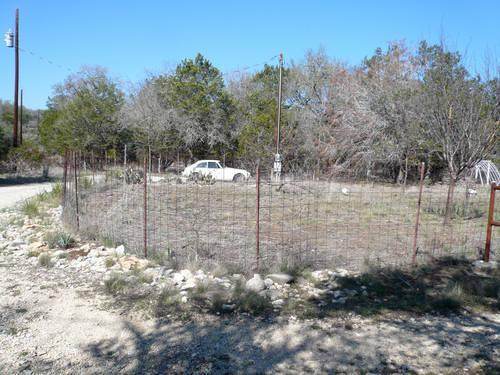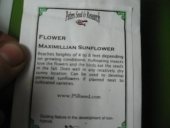




Idle dreamer





Paul Cereghino- Ecosystem Guild
Maritime Temperate Coniferous Rainforest - Mild Wet Winter, Dry Summer





Idle dreamer




Idle dreamer
 1
1




Brenda
Bloom where you are planted.
http://restfultrailsfoodforestgarden.blogspot.com/





Idle dreamer
 1
1








 But it is very different gardening here than in Southern California. It got hotter there, but not for such long periods. I had beautiful gardens in the San Fernando Valley. Gardening there is as easy as "Just add water."
But it is very different gardening here than in Southern California. It got hotter there, but not for such long periods. I had beautiful gardens in the San Fernando Valley. Gardening there is as easy as "Just add water."Idle dreamer
 1
1










Idle dreamer











Paul Cereghino- Ecosystem Guild
Maritime Temperate Coniferous Rainforest - Mild Wet Winter, Dry Summer





Idle dreamer





Idle dreamer




 In the background you can see the quite large Live Oak and Ashe Juniper trees which are stressed or dying from drought. Some dead fruit trees are visible in the photo. This area gets full sun and is exposed on the south side with trees on all other sides. Virtually flat, about 60 ft x 80 ft. Soil is deep clay loam. According to the soil survey, climax vegetation for this soil would have been tallgrass prairie.
In the background you can see the quite large Live Oak and Ashe Juniper trees which are stressed or dying from drought. Some dead fruit trees are visible in the photo. This area gets full sun and is exposed on the south side with trees on all other sides. Virtually flat, about 60 ft x 80 ft. Soil is deep clay loam. According to the soil survey, climax vegetation for this soil would have been tallgrass prairie.
Idle dreamer




Paul Cereghino wrote:I think photosynthesis stops at something like 104... ouch.
Best luck: satisfaction
Greatest curse, greed

|
You get good luck from rubbing the belly of a tiny ad:
The new kickstarter is now live!
https://www.kickstarter.com/projects/paulwheaton/garden-cards
|




